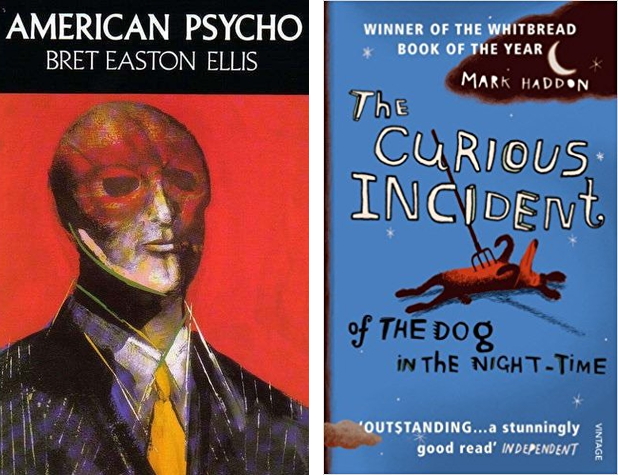-
3-minute read
-
23rd March 2019
The Basics of Narrative Voice
The word ‘narrative’ refers to how a story is told. A ‘narrative voice’, then, is a voice that tells a story. This is a vital part of all storytelling, so it is important for authors to understand at least the basics! And that’s why, in this post, we’re looking at a few key aspects of narrative voice.
Grammatical Person
One element of narrative voice is point of view. This is reflected in the grammatical person used. In most narrative writing, this will either be first person or third person:
- First-person narration tells a story from the point of view of the narrator (i.e. using ‘I’ or ‘we’ pronouns). This will often be the main character in the story, but it could be someone else recalling what they saw or heard.
- In third-person narration, the narrator isn’t the main focus of the story. They may be part of the story, such as an onlooker giving their version of events. But a third-person narrator may also be the disembodied voice of the ‘author’ of the story. Either way, they refer to characters with third-person pronouns such as ‘he’, ‘she’ and ‘they’, but not ‘I’ or ‘we’.
While not impossible, it’s unusual to use the second person in narration. This is because it involves addressing the reader directly, as if you were telling a story about the person who’s reading it!
What Does the Narrator Know?
A narrator can be either limited or omniscient. A limited narrator knows only what they would know within the bounds of the story (e.g. a character recounting their version of events). An omniscient narrator knows everything that is happening in the world of the story.
First-person narrators are usually limited since first-person narration is subjective. But third-person narrators can be either limited or omniscient depending on their relation to the story.
Narrative Reliability
Another element of narration is reliability. This refers to how trustworthy the narrative voice is. A reliable narrator provides a straightforward, credible account of events. An unreliable narrator, on the other hand, tells a story that should not be taken at face value.
Find this useful?
Subscribe to our newsletter and get writing tips from our editors straight to your inbox.
Subscribe to Beyond the Margins and get your monthly fix of editorial strategy, workflow tips, and real-world examples from content leaders.
This may be because the narrator is lying, misinformed or even insane. The point is to make the reader question what they’re being told and/or to show them something about the narrator.
For example, an unreliable narrator may try to persuade the reader to sympathise with an unsympathetic character, such as Patrick Bateman from American Psycho. Or you can use this technique to show the reader how the world appears to the narrator. The Curious Incident of the Dog in the Night-Time, for instance, is told from the point of view of an autistic child.

Using Narrative Voice in Your Writing
You can combine the elements above in various ways. As mentioned, for example, a third person narrator can be either limited or omniscient. It depends on how you want to tell your story.
But you can also play with narrative voice in different ways. Most of John Darnielle’s novel Universal Harvester, for example, uses third-person narration. But it also slips into the first person at times, which makes the reader question who is speaking and whether they are trustworthy.
They key is finding a narrative voice that works for you. Think about what you want the reader to feel, how you want them to relate to the narrator, and how you can achieve this.